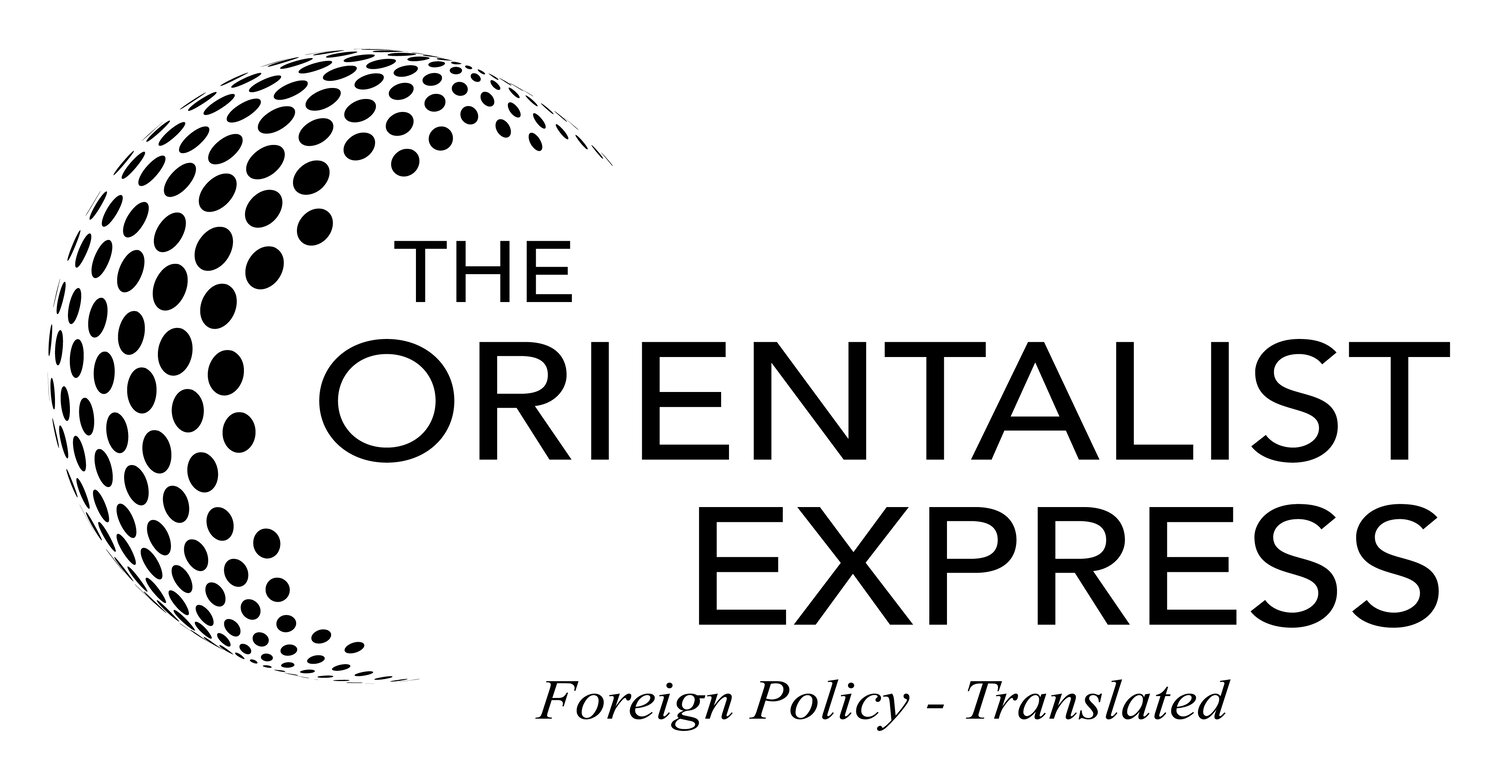"Discrimination has a lot of layers that make it tough for minorities to get a leg up." - Bill Gates
The inspiration for this post title, if you didn't already get it
Religious discrimination comes in many forms. Sometimes it is as obvious a bunch of armed protesters outside a mosque in Arizona. But more often than not, discrimination is subtle and much harder to fight against. Workplace discrimination is no exception. Affirmative Action and other such programs have attempted to correct this inequality, but often with mixed and controversial results. In one recent case of workplace discrimination, Samantha Elauf, a Muslim woman who regularly wears a hijab, was denied a position at Abercrombie and Fitch because of her religious apparel. On Monday, the U.S. Supreme Court ruled in favor of Elauf, citing that A&F violated her individual religious freedom by penalizing her application because of her clothing.
What justification did A&F presume to have for denying Elauf a job? She had applied for a position as a "model" (the people who wear Abercrombie's preppy clothes and drown you in cologne) when she was 17. As part of their "Look Policy," the company typically doesn't hire people who wear "inappropriate" clothing (such as hats or unfashionable items). It isn't so much that they are outright rejected, but their applications are usually demoted in favor of those who more closely resemble the A&F style. This isn't the first case of discrimination in the Look Policy either. In Elauf's case, her interviewer specifically stated that she was rejected because she wore a hijab. (Check out a previous post for more about the importance of wearing hijabs and other apparel in the Islamic faith.)
Samantha Elauf and her mother Majda
Title VII of the Civil Rights Act prohibits employers from discriminating based upon religious reasons (though people often have to specifically request this protection). This is where policies such as the A&F Look Policy can often run into trouble. This policy in general makes some sense in a clothing store (A&F needs to promote the brand after all), but these policies can sometimes encourage judgements based upon cultural characteristics. Making sure someone "looks appropriate" is an extremely subjective criteria (one which encourages hiring attractive, successful looking people with less regard to actual performance ability).
In the case of A&F, the main point of contention was whether or not Elauf should have stated she needed a religious exemption from the Look Policy. As the court ruled, its pretty obvious Elauf would have needed an exemption for wearing a hijab (women wearing a hijab tend to identify as Muslim after all). Now this doesn't mean that anyone wearing religious clothing can request an exemption. After all, a women in a full body niqab probably wouldn't be granted this exemption since wearing A&F clothes is part of the job description. Instead, other meaningful options for similar employment must be provided. This is why such cases are so often difficult to mediate.
The nine justices of the Supreme Court
In Monday's case, most of the justices decided in favor of Elauf, with only Justice Samuel Alito ruling against her. Their arguments speak to the debate over company vs personal freedom in the workplace. Most people would agree that a company can't decide to reject a job applicant just because they are black, gay, or republican (though many still do). But discriminating against someone's weight, attractiveness, or religious appearance is still a very real possibility with policies such as this. Unfortunately, Elauf's case is still not over (it gets pushed back to the appeals court who will make the final decision on her compensation). At least for now, the case helps build the precedent against similar religious discrimination cases (A&F has also made changes to its Look Policy in recent years).
Overall, things like the Look Policy speak to a greater dynamic of maintaining a misguided definition of American dress and culture. It isn't that Muslims (or anyone who does not fit the norm of "American" culture) aren't allowed to work for A&F, they just can't express their religious individuality in a meaningful way. Like society in general, you can be different (or Muslim) all you want on the inside, just don't show it.
TL;DR: Abercrombie's "Look Policy" streamlines the process of rejecting people just for being different.



